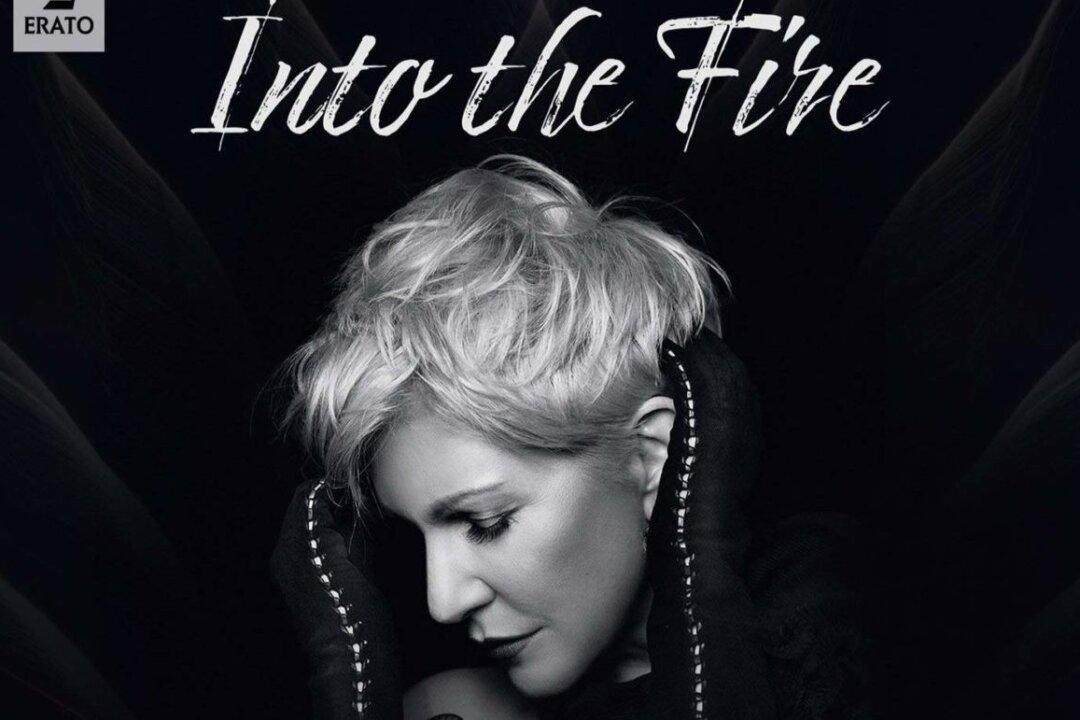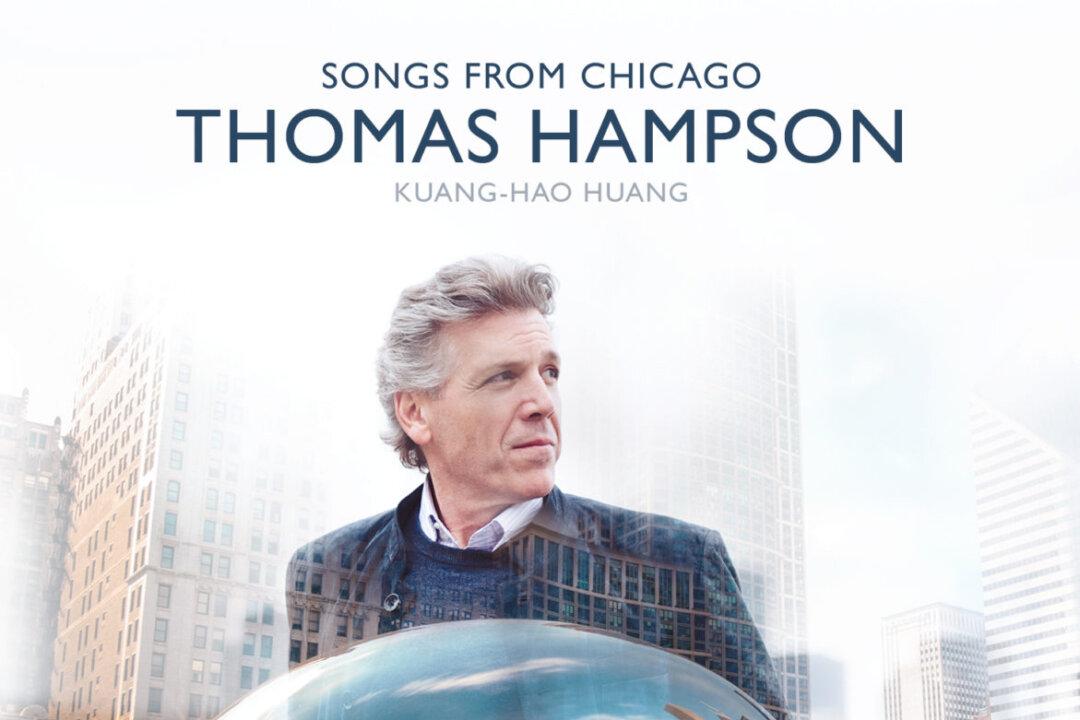NEW YORK—With his tall stature and mane of white hair, Dmitri Hvorostovsky is one of the most striking figures in contemporary opera. For “Rigoletto”—his first performance of this opera at the Metropolitan Opera— he was uglied up to fit the role.
The court jester is a hunchback and, since this is the Michael Mayer production that changes the setting from 16th century Italy to Las Vegas in 1960, the Russian baritone is made to resemble comedian Don Rickles. In addition to the lump in his back (which the comic doesn’t have), Hvorostovsky is given a paunch and a few hairs combed across his head.
When the opera begins, the Duke (who is presented here as a Sinatra figure) expresses his credo, “Questa o quella per me pari sono.” (“This girl or that girl are just the same to me.”) He seduces young women with the assistance of his courtiers. Monterone, the outraged father of one of his victims, (presented here for some reason as an Arab sheik) is ridiculed by the hunchbacked Rigoletto, the court jester. Monterone curses Rigoletto.
Gossip spreads among the Duke’s entourage that Rigoletto is keeping a young mistress. It turns out that the girl is the jester’s daughter Gilda, whom he keeps secluded. Meanwhile, the Duke has been pursuing the girl, pretending he is a poor student. The courtiers kidnap the girl and deliver her to the Duke’s bedroom. When Rigoletto discovers what has happened, he recalls the curse.
When Gilda leaves the Duke’s room, she tells her father of the kidnapping and her seduction. Rigoletto hires a killer to assassinate the Duke. However, Gilda takes the place of her amoral lover, and it is her body that is delivered to the jester. When he hears the Duke singing in the distance, he unveils the body and is shocked to discover it is his dying daughter. Rigoletto realizes that Monterone’s curse has come to pass.
This opera contains some of the most familiar arias known to opera fans, each of which helps delineate the characters, including: the tenor’s (Duke’s) “La donna è mobile” (“woman is fickle” even though he is the fickle one) and “Questa o quella” (which he sings with a microphone in hand); the soprano’s (Gilda’s) “Cara nome”; and the baritone’s (Rigoletto’s) “Pari siamo” and the raging “Cortigiani, vil razza dannata”; as well as moving father-daughter duets and a virtuoso quartet in the last act.
Hvorostovsky sings with a rich tone and mines all the subtleties of the character, from his bitter humor at the beginning to his concern for his daughter’s welfare, and finally his vow to avenge his daughter’s victimization by the Duke.
In addition to Hvorostovsky, the production presented a rising star, also from Russia: soprano Irina Lungu as Gilda. She replaced Aleksandra Kurzak, who had to cancel because she was pregnant.
Lungu was originally supposed to make her Met debut in January as Musetta in “La Bohème.” The “Rigoletto” audience was clearly thrilled at the discovery of this radiant performer. She sings like an angel, acts with feeling, and moves with the grace of a dancer.
The excellent American tenor Matthew Polenzani is singing the role of the Duke of Mantua for the first time at the Met. With his voice’s darkening, he has moved from more lyric roles into dramatic ones and, as always, sings with fluidity and taste.
Welcome holdovers from the earlier performances of the Mayer “Rigoletto” are the bass Stefan Kocan as the hitman Sparafucile and the mezzo-soprano Oksana Volkova as Maddalena, his corrupt sister. (Hopefully, the Met will someday let her appear in “Carmen,” one of her signature roles.)
The Spanish conductor Pablo Heras-Casado (who led the orchestra on Placido Domingo’s recent album of Verdi baritone arias) made an impressive Met debut.
I still have my reservations about Mayer’s vision of the opera. While the set by Christine Jones, the costumes by Susan Hilferty, and the lighting by Kevin Adams are eye-catching, the Las Vegas theme undercuts the tragic emotions and earns occasional laughter when the composer didn’t intend it. Nevertheless, when the opera is performed this well, opera lovers will not want to miss it.
“Rigoletto” runs intermittently at the Met (212-362-6000, metopera.org) until Dec. 7. Starting Nov. 21, another highly regarded young singer, Bulgarian soprano Sonya Yoncheva, will appear as Gilda.






